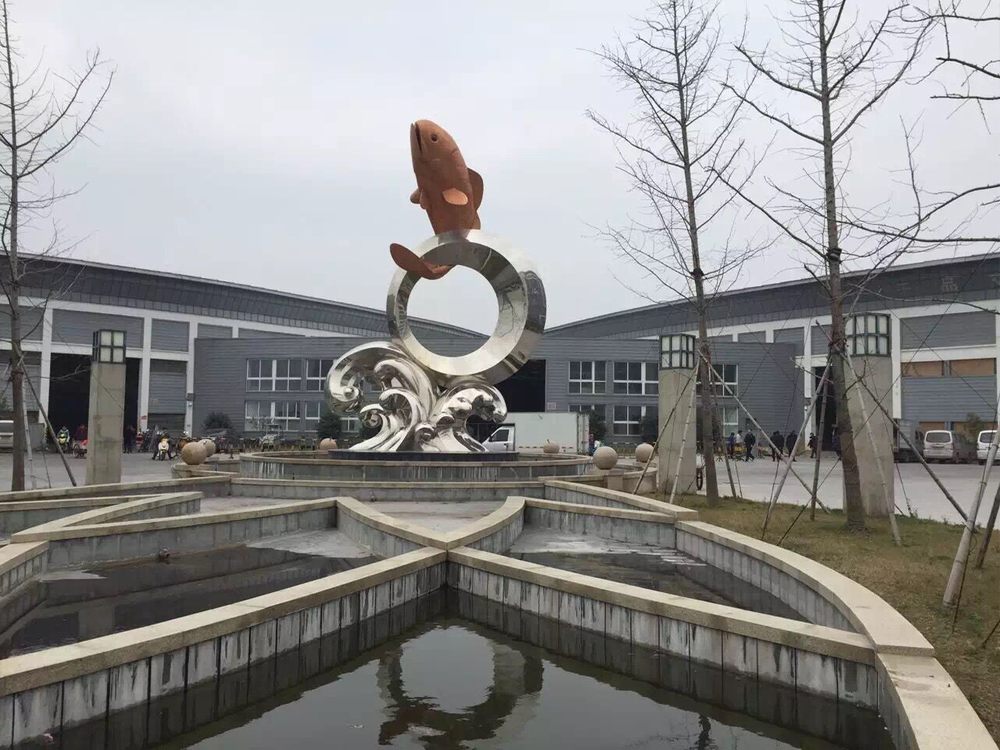
Bronze sculptures have long been admired for their durability and timeless beauty, but how do they fare in terms of sustainability compared to other art mediums? Unlike materials like plastic or synthetic paints, bronze is highly recyclable, often repurposed from scrap metal, reducing waste. The longevity of bronze—lasting centuries with minimal degradation—means fewer resources are needed for restoration or replacement, unlike paper or canvas-based art, which may deteriorate faster.
However, the bronze-casting process involves high energy consumption and emissions, posing environmental challenges. Comparatively, mediums like reclaimed wood or natural clay may have a lower carbon footprint during production. Yet, bronze’s recyclability and resistance to corrosion give it an edge in long-term sustainability.
Artists are increasingly adopting eco-friendly foundry practices, such as using renewable energy or recycled bronze, to mitigate environmental impact. While no medium is perfectly sustainable, bronze sculptures strike a balance between endurance and ecological responsibility, offering a compelling choice for environmentally conscious art lovers.

